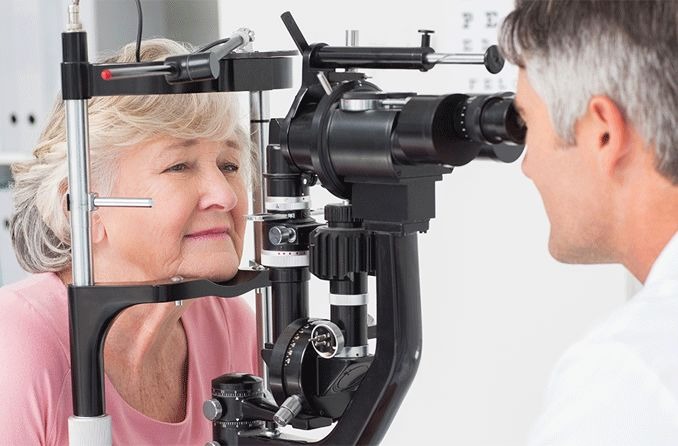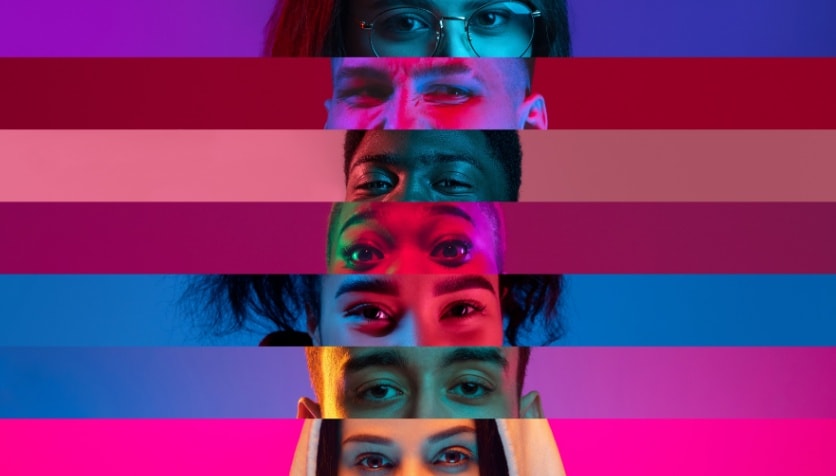If you are an older driver, what can you do to keep yourself and loved ones safe on the road at night? First, assess your ability to drive safely.
Also take these steps:
- Make sure you visit an eye care professional at least once every two years, or even more frequently if you have a significant eye condition or visual complaint. Tell your eye doctor about any problems you experience on the road at night so that you can undergo specialized testing, such as evaluation of your visual field or contrast sensitivity.
- If you have diabetes, get your eyes examined at least once yearly, and closely follow your doctor's recommendations regarding diet, blood sugar control, insulin and self-care to reduce the risks of diabetic retinopathy, which can progress to severe vision loss without warning.
- Seek immediate care when you detect symptoms of sight-threatening eye diseases. Remember that many symptoms of eye problems appear late in the disease process, so your urgent response is extremely important.
- Ask your eye care professional to prescribe special night driving glasses that may help you see better on the road from sunset to sunrise. Anti-reflective coatings can cut down on glare. Lenses developed with wavefront diagnostic technology can reduce halos, star bursts, glare and other distracting aberrations.
- If you are a candidate for cataract surgery, ask your surgeon about replacing your clouded natural lenses with an aspheric intraocular lens. These artificial lenses are engineered to provide better contrast sensitivity and crisper vision than would be possible with the implantation of traditional, spherical intraocular lenses.
- Be extra cautious when approaching intersections, where 40 percent of fatal collisions involving older motorists occur, according to a study by the Insurance Institute for Highway Safety. The most common reason for these crashes was a failure to yield, especially when making a left turn.
- Follow expert advice for driving safely at night (see below).
Also, consider passing along these guidelines to a loved one who shows signs of needing some extra help.
Expert Advice For Driving Safely
The following tips for safe driving were prepared by the National Institute on Aging, U.S. National Institutes of Health:
Minimize the risks of driving at night as you get older by planning your trips before you leave home. Drive only on streets you know, and avoid dark, unlighted roadways. Limit your trips to places you can easily reach and that are close to home. Avoid risky spots like ramps and left turns.
Plan for extra driving time if conditions are bad, and don't drive if you are stressed or tired. Stay focused on driving only, avoiding distractions.
Always drive defensively. Leave at least two car lengths between you and the car in front of you, and even more space in bad weather or when driving fast.
Keep your windows clear, and drive a car with features that make driving safer, such as power steering, power brakes, automatic transmission and large mirrors.
Keep your car in good repair, maintaining fresh windshield wipers and clean, aligned headlights. Consider hand controls for your gas pedal and brakes if you have leg problems.
Renew skills with a driving class every few years. Some car insurance companies will lower your bill for completing such a course.
READ MORE ON NIGHT VISION:
Night driving glasses: Help or hoax?
Should you wear polarized glasses while you’re driving at night?
What is night myopia (nearsightedness)?
Night vision goggles and binoculars
Night vision (scotopic vision)
Driving in fog










